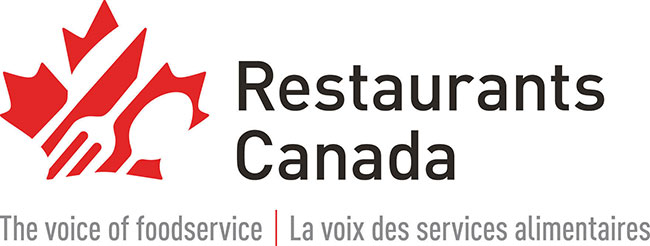
Webinar on single-use plastics legislation in Canada offers takeaways for restaurants
By Canadian Pizza
News Business and Operations Health & Safety
Restaurants Canada hosted a webinar giving a helpful overview of single-use plastics and broke down what your pizzeria, restaurant or bakery-café needs to know to operate in compliance with recent and quickly changing regulations.
In “Decoding Canada’s Plastic Regulations for Food Service Businesses” Talia Gordner, Partner at MacMillan LLP in Toronto, provided an overview of what’s happening federally, in the provinces and territories and municipalities across Canada.
As of June 20, plastic checkout bags – those most used by restaurants – are banned. There is an exemption for bags that contain fabric but those are handled separately and also governed by the Textile Labelling Act, Gordner said.
There are no exemptions for beverage stir sticks or plastic ring carriers used to carry drinks.
In the case of cutlery and straws that contain polystyrene or polyethylene, Gordner said there is a hot-dishwasher test. If a piece of cutlery is run through 100 rounds in a hot dishwasher and changes its physical properties – in effect, does not survive 100 cycles – it does not qualify for an exemption.
Packaging in the shape of clamshell containers, lidded containers, cartons, cups, plates and bowls that contains specific problematic materials AND are used for serving or transporting prepared food or drinks (that is, not requiring further cooking or preparation) are subject to the outright ban.
These changes are being phased in to help manufacturers and restaurants use up existing products.
The deadline is Dec. 30, 2023, for compliance ending sales of bags, cutlery, straws, serviceware, stir sticks and straws. Gordner pointed out that in this case the term “sales” or “selling” can be loosely understood to mean “providing” and so it applies to restaurants and food service as well as to manufacturers.
Ring carriers, flexible straws packaged with beverage containers June 20, 2024. Straws get more lead time because they have accessibility such as for recovering patients or people with disabilities.
There is more lead time for exporters, who must come into compliance in January 2025.
Some provinces and even municipalities have been instituting bans of their own, she said.
An important and sometimes tricky question is who is the steward of this product at the end of that product’s life: the brand holder, the first importer, the marketer, the franchisor or the manufacturer? There are two types of stewardship programs regulated mostly at provincial level with some coordination and sharing of information across provinces: the traditional fee method and extended producer responsibility (EPR). The traditional fees will work well for many small businesses. Larger businesses especially may want to consider hiring a product responsibility officer who can carry out obligations for the producers. All programs have three components: registration, reporting and education. Differences are in the way you pay and what information you have to provide.
Federal Plastics Registry is underway to collect information on use and end of life of plastic products in Canada to inform regulations, which should be implemented in phases starting June 1, 2025. Small businesses under a specific sales threshold and franchisees potentially may receive exemptions.
Recycling and compostability labelling rules also are in the works and expected to begin implementation in 2026, said Gordner, who outline several reasons why some items are not recycled, for example, lack of proper equipment and contamination by other products.
The government proposes that producers assess and label products and that to label them with the “chasing arrows” symbol, plastic must be accepted in at least 80 per cent of recycling facilities in Canada. Manufacturers and suppliers must follow the rules when using terms like “compostable,” “degradable and “biodegradable.” These rules should not affect restaurants, but they will need to figure out if the products they use are meeting standards.
Gordner offered key takeaways for the restaurant industry:
- Know what programs and bans exist in the jurisdictions you operate in and how they apply to your business.
- If you’re not currently in compliance, you can take steps to get into compliance and correct past non-compliance.
- Assess current products being used and consider alternative products. For alternative products visit canada.ca and also the link to Technical Guidelines. For SUP cutlery, stir sticks, and straws, options may include wood, paper and moulded pulp fibre. For foodservice ware, options may include more recyclable plastic alternatives (not prohibited in SUPP regulations): polyethylene terephthalate (PET), high density polyethylene (HDPE) or polypropylene and strawless lids for cold drinks.
- Stay up to date on any upcoming legislation/regulations.
The government is flexible as it works to educate businesses and the public, she noted, but both manufacturers and restaurants need to have a plan in place in case of an audit. Gordner suggested assigning a staff member to lead compliance efforts and recommended getting help from an expert such as MacMillan LLP.
For more information, visit restaurantscanada.ca.
Print this page